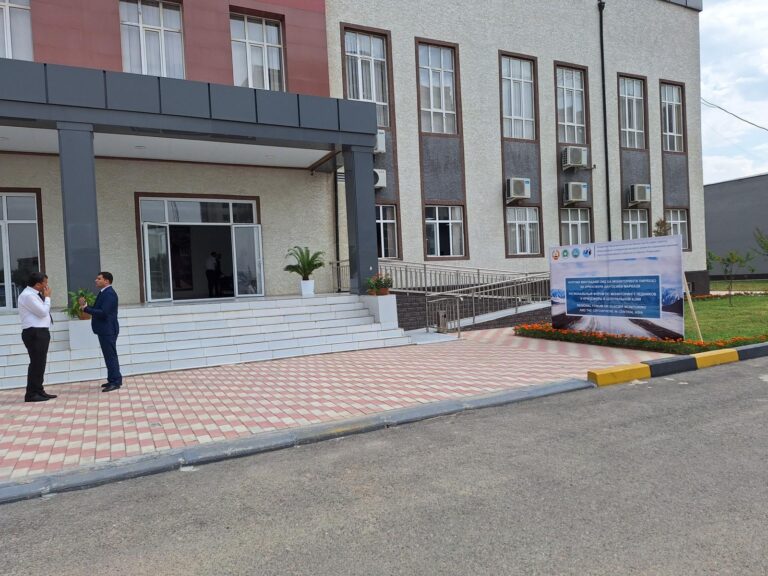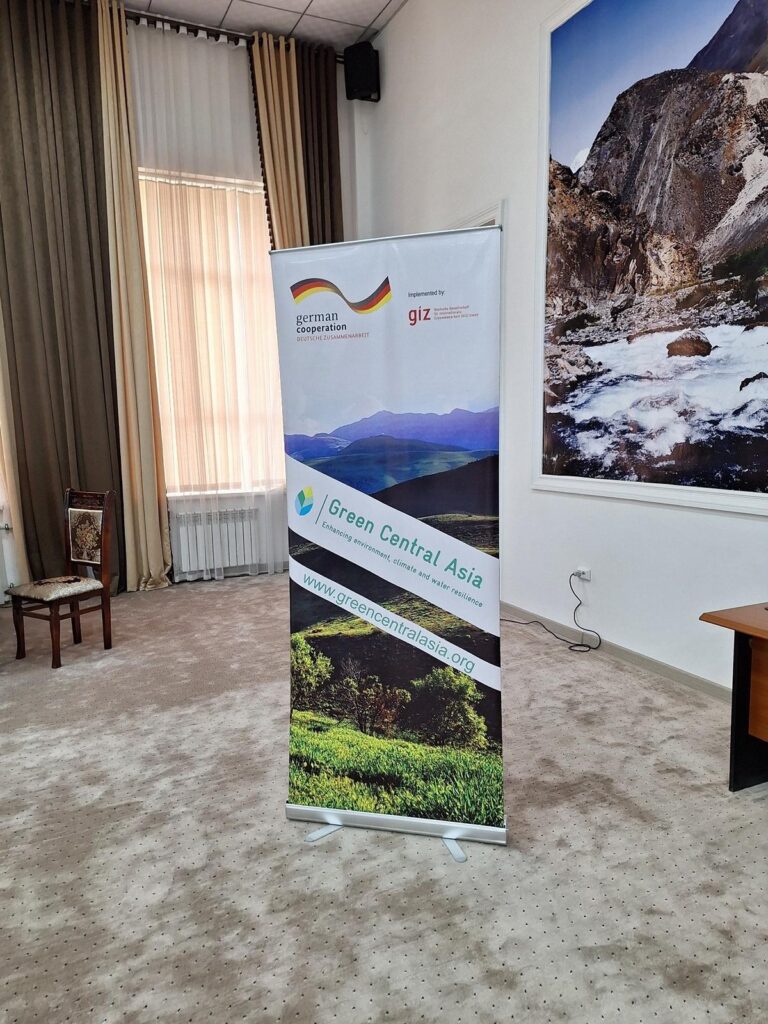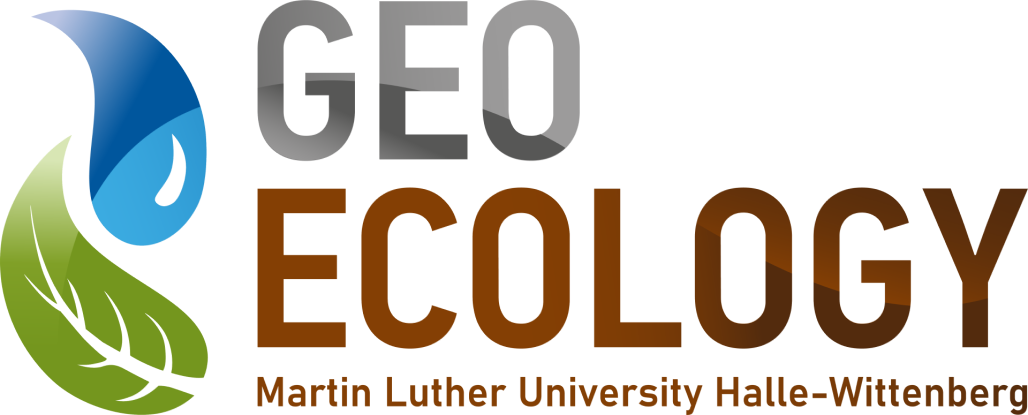The High-Level International Conference on Glaciers’ Preservation was held from 29 to 31 May 2025 in Dushanbe, the capital of Tajikistan, bringing together global leaders, scientists, policymakers, and international organizations to address the accelerating retreat of glaciers and its impact on water security, ecosystems, and climate resilience.
The conference was organized under the patronage of the Government of the Republic of Tajikistan, in collaboration with international partners, and served as a global platform to exchange scientific knowledge, policy solutions, and regional cooperation strategies for glacier preservation.
The conference programme featured:
- Opening and closing ceremonies attended by high-level dignitaries
- Plenary sessions highlighting the scientific and political urgency of glacier loss
- Leaders’ Round Tables focused on transboundary collaboration and international financing mechanisms
- Thematic sessions exploring glaciers’ role in climate change mitigation, adaptation strategies, loss and damage, and monitoring needs
- The Pre-Conference Day (29 May), which included forums, side events, and cultural activities, fostering dialogue, networking, and cross-sectoral engagement
From Martin Luther University Halle-Wittenberg (MLU), Dr.-Ing. Muhammad Usman and Matthias Völkel, both from the Department of Geoecology, participated in the conference under the umbrella of the Green Central Asia Phase II project. Funded by the German Federal Foreign Office and coordinated by GIZ, the project aims to strengthen regional resilience to climate change through science-based tools, policy dialogue, and institutional cooperation.
The conference concluded with a strong call for international collaboration, increased research investment, and the development of early warning systems and climate adaptation plans for glacier-fed regions, especially in Central Asia, where millions depend on glacial meltwater for agriculture, energy, and drinking water.



